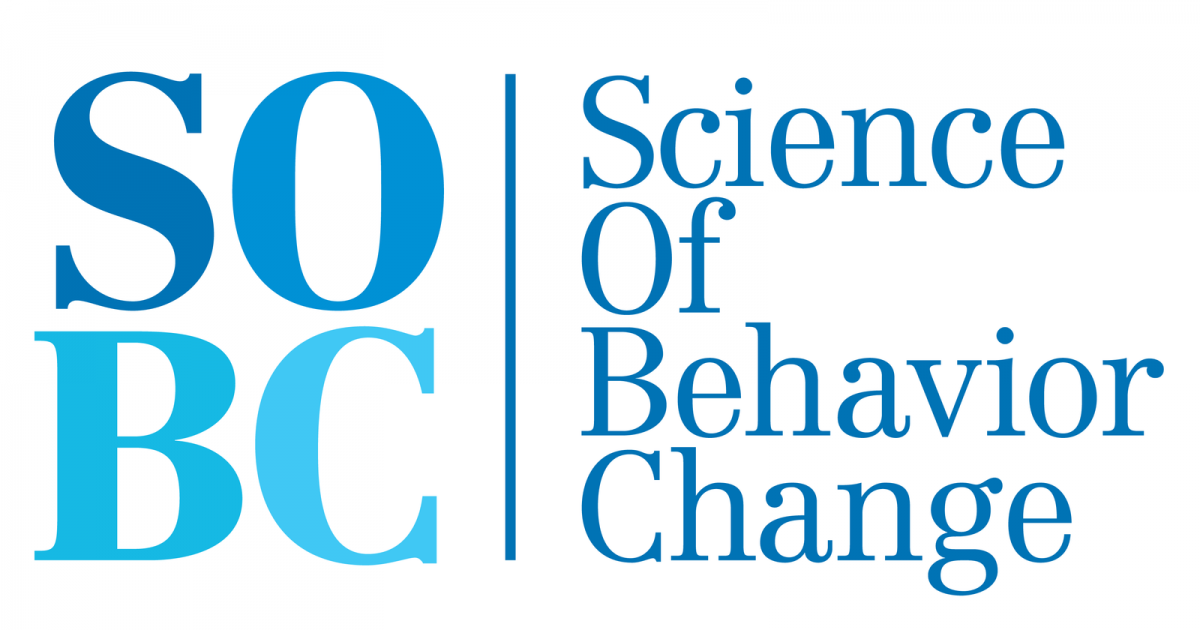Revisiting Pasteur’s Quadrant: Use-inspired Basic Research
October 9-10, 2012
Executive Summary
Printable Version
Purpose
There have been concerted attempts to bridge basic and applied disciplines with multiple interdisciplinary initiatives at the National Institutes of Health (NIH). However, major gaps between basic and applied science still exist in the field of behavior change. Perhaps even more concerning is the gap between efficacy and effectiveness research. More often than not, interventions deemed efficacious fail to be effective. The costs of this efficacy-effectiveness gap are enormous for NIH, but more importantly for public health.
 The Science of Behavior Change (SOBC) Common Fund program convened a meeting to explore how use-inspired basic research as a component of intervention research can help to close this gap. Revisiting Pasteur’s Quadrant: Use-Inspired Basic Research examined how basic science questions about how behavioral interventions work can be asked within applied or clinical research studies on these interventions. The proximal goal of such research is to determine how an intervention exerts its effects, with the ultimate goal of modifying the intervention to become more potent, streamlined, efficient, and implementable. Specifically, this meeting explored how to conduct basic research—within the context of intervention studies—so that efficacious but difficult-to-implement interventions can be modified to be implementable, community-friendly interventions that work in the existing health care delivery system.
The Science of Behavior Change (SOBC) Common Fund program convened a meeting to explore how use-inspired basic research as a component of intervention research can help to close this gap. Revisiting Pasteur’s Quadrant: Use-Inspired Basic Research examined how basic science questions about how behavioral interventions work can be asked within applied or clinical research studies on these interventions. The proximal goal of such research is to determine how an intervention exerts its effects, with the ultimate goal of modifying the intervention to become more potent, streamlined, efficient, and implementable. Specifically, this meeting explored how to conduct basic research—within the context of intervention studies—so that efficacious but difficult-to-implement interventions can be modified to be implementable, community-friendly interventions that work in the existing health care delivery system.
The meeting consisted of three panels of presentations from researchers in the field addressing integration of use-inspired basic research into (1) research on intervention generation and refinement, (2) research on intervention efficacy, and (3) research on effectiveness and implementation. A fourth panel addressed methodology for testing mechanisms of action. Each panel was followed by a facilitation discussion among meeting participants.
Research on Intervention Generation and Refinement
The panel on intervention generation and refinement focused on very specific mechanisms in the areas of social anxiety, psychopathy, addiction, insomnia, depression, and bipolar disorders. The work on mechanisms presented in these areas provides enormous potential for simple, effective, and implementable interventions that target specific mechanisms. There are multiple ways to proceed with research depending on the state of science for various disorders. Focusing on the micro-intervention level at each stage allows for examining mechanisms.
Research on Intervention Efficacy
The panel on intervention efficacy demonstrated the necessity of understanding the components of an intervention in order to make scientific advances. Presentations included an informative history of exposure therapy and related advances in anxiety disorder treatments, the use of D-Cycloserine for boosting the effects of an intervention, and the role of sudden gains and therapeutic alliance in cognitive behavioral therapy (CBT).
Expanding Methods for Testing Mechanisms of Action
The methodology panel described exciting and innovative research designs and strategies for examining mediators and mechanisms. Presentations included explanation of factorial designs, sequential, multiple assignment, randomized trials, methods for mediation analysis, idiographic methods, and single-case experimental designs. These alternative designs allow for honing in on mediators, mechanisms, and identifying effective components of complex interventions.
Research on Effectiveness and Implementation
The last panel addressed the challenging topic of incorporating basic science into effectiveness research. Panel members presented their perspectives on balancing competing demands in effectiveness research, adaptive randomization models, and testing mechanisms within effectiveness trials.
Future Directions
The mechanisms discovered today are the levers for interventions of tomorrow. Participants in this meeting were excited to explore methods of testing mechanisms by using innovative designs, collaborating across disciplines, and focusing on various stages of intervention development and implementation with the goal of designing effective, implementable interventions targeting specific mechanisms of behavior change. It is hoped that this discussion represents the beginning of further collaboration and discussion on improving outcomes in real-world treatment for a variety of disorders.



